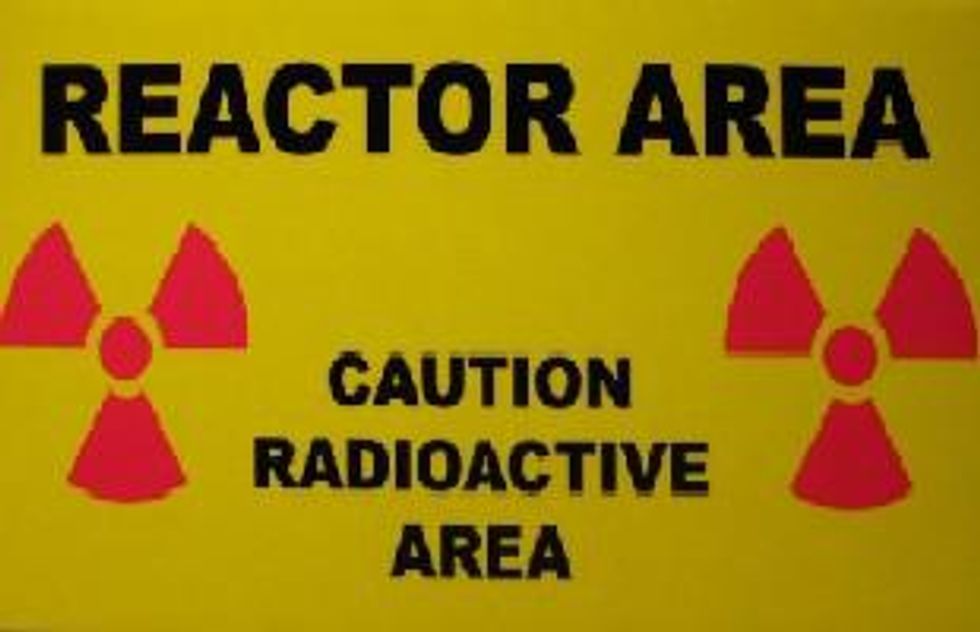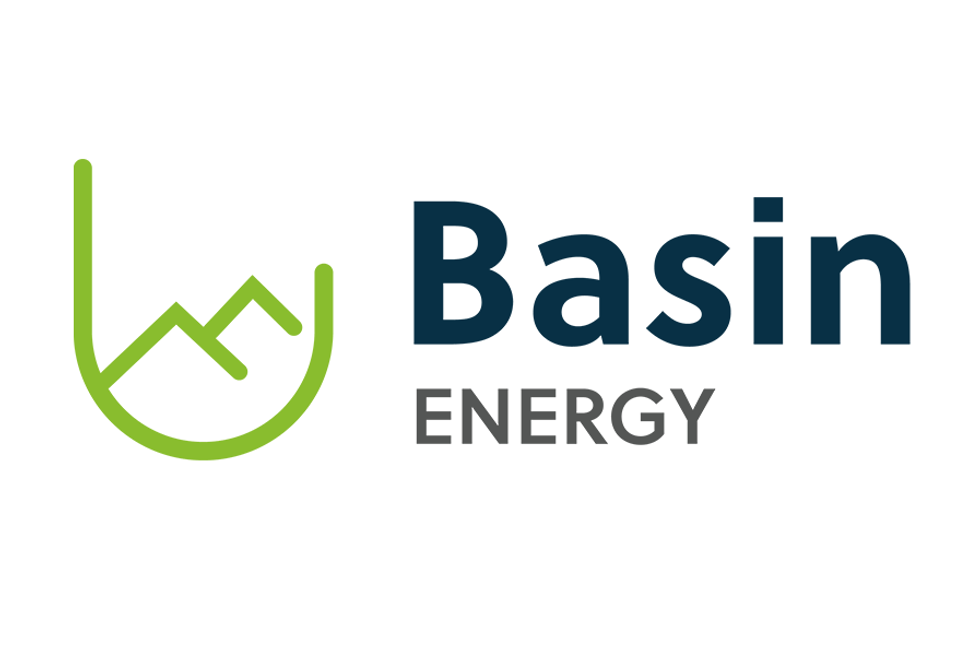In an exclusive interview with Uranium Investing News, Gary Clark analyst at Roubini Global Economics discussed the demonstrable longer term effect on nuclear power generation policy in several countries of interest.
It has been one month since the catastrophic 9.0-magnitude earthquake struck Japan and triggered a tsunami affecting the Fukushima Daiichi reactors, which prompted officials in India and other nations to call for reviews or temporary suspensions of atomic energy programs.
Some scientists are now cautioning that the March 11 event not only will lead to years of aftershocks, but might also have increased the risk of a major quake on an adjacent fault. On Monday, the nation was unsettled by an aftershock measuring a magnitude 6.6. It was hardly a major temblor, but it was strong enough to knock out electricity briefly at the damaged Fukushima nuclear plant. Last week a magnitude 7.1 quake led to four deaths and widespread power outages. With survivors, international aid agencies and soldiers still looking for the bodies of thousands of people who vanished over a month ago, Japan is coping with the painful reality that it is located in such close proximity to a volatile fault line.
While the human tragedy in the country can not be minimized, the focus on rebuilding for the future and learning from the past should make investments in secure and prudent global energy policies all the more important for uranium stakeholders.
Revisiting the longer term nuclear outlook
In an exclusive interview with Uranium Investing News, Gary Clark, analyst at Roubini Global Economics, discussed the demonstrable longer term effect on nuclear power generation policy in several countries of interest:
China:
Despite China announcing a moratorium on the building and the approval of new nuclear reactors, Clark expects them to continue with their program. “Fundamentally, they have 27 reactors under construction, 50 reactors on order or being planned and 110 reactors proposed. This constitutes a large investment in the nuclear industry, and due to its size, one I wouldn’t expect them to renege on. They would also like to become exporters of nuclear technology. China’s energy demand is expected to rise by 75 percent by 2035—to meet this, China needs new sources of energy.
While nuclear energy will offer the Chinese the ability to diversify their energy mix, and provide solutions that other forms of energy can not achieve, it also enables them the flexibility to build in fast developing regions, that are remote from coal fields, or in regions where infrastructure, like the railroads, are under strain.
Many investors and analysts will be keenly interested in the results of the scheduled China Nuclear Energy Congress meeting for decision makers in mid May at the Crowne Plaza Hotel in Beijing; however, Clark does not see any great change in the outlook for the Chinese at this point. As an example he cites, “Before Fukushima, they were building strategic uranium stockpiles, they may even increase their purchases of uranium, now that prices have dipped. They are also continuing to lock in long-term supplies deals, as evidenced by Guangdong Nuclear Power Group’s $756 million dollar offer for Kalahari Minerals in March, who own uranium assets in Namibia—this despite, Fukushima.”
Gary Clark believes an area of debate will be the rate at which the Chinese build out nuclear power stations, “Their 2010 target for nuclear electricity generation changed from about 40GWe prior to 2008, to around 90 GWe in January 2010 (according to one official). The State Council Research Office, which advises the State Council on strategic matters, has said that this target should be capped at 70GWe, to avoid stress on the supply chain, compromises on quality, parts and procedures, as well as allowing time to train nuclear personnel. So we may see a slight slowdown in build out on this basis. There may also be a speed up in transitioning to newer technologies, this will benefit those companies, who can provide that technology.”
India:
Although India is seismically active and Prime Minister Manmohan Singh has ordered safety checks on reactors under operation, Mr. Clark does not anticipate any significant change in India’s long term nuclear power plans, “Manmohan Singh is a big advocate of nuclear energy to help meet the country’s energy needs. It has a large well-developed domestic nuclear program, despite being banned from trade in nuclear plants and materials from over 30 years due its weapons program. It wants to utilize this expertise.”
Given its current relatively large investment in nuclear power it would be difficult for India to change the energy policy because of the scale, “with 20 reactors in operation, 5 reactors in the process of being built and a further 18 in the planning stage (it would be) difficult to turn its back.” The country intends to take advantage of international nuclear deals including with France and the US.
Russia:
Clark does not foresee any changes in Russia’s policy to nuclear power, “Putin is a big advocate of nuclear power. In the wake of Fukushima he very publicly agreed to a deal to supply a reactor to Belarus, while Russian uranium miner ARMZ is to purchase uranium assets in Tanzania. Russia also has deals to supply reactors in China, Vietnam, Turkey, and Bangladesh. The Russians intend to be at the forefront of developing nuclear technology, and are even planning to build floating reactors to be used in the Arctic to power oil and gas operations.”






